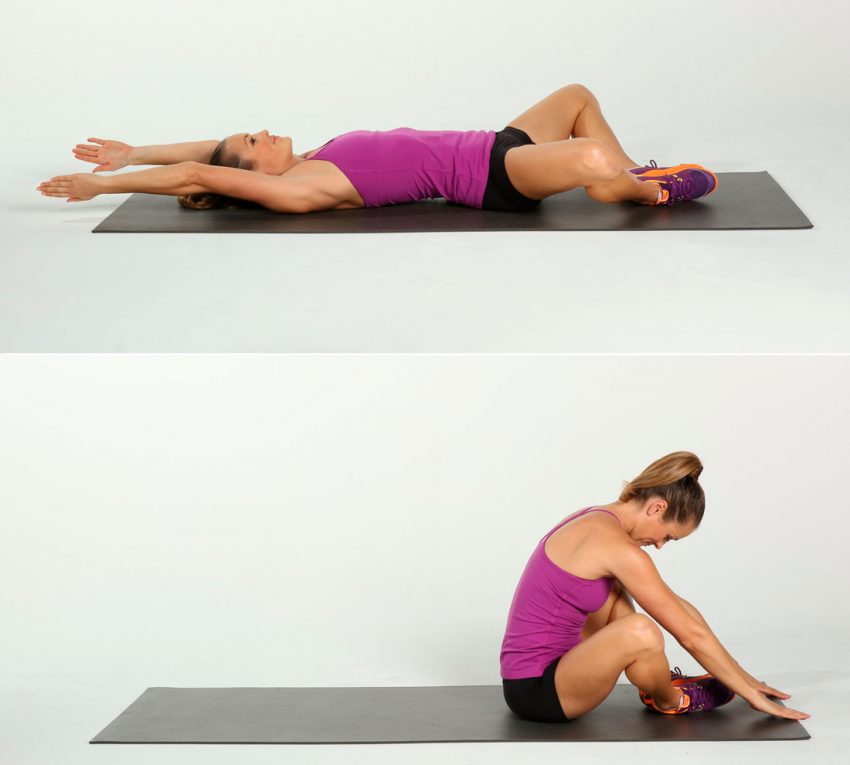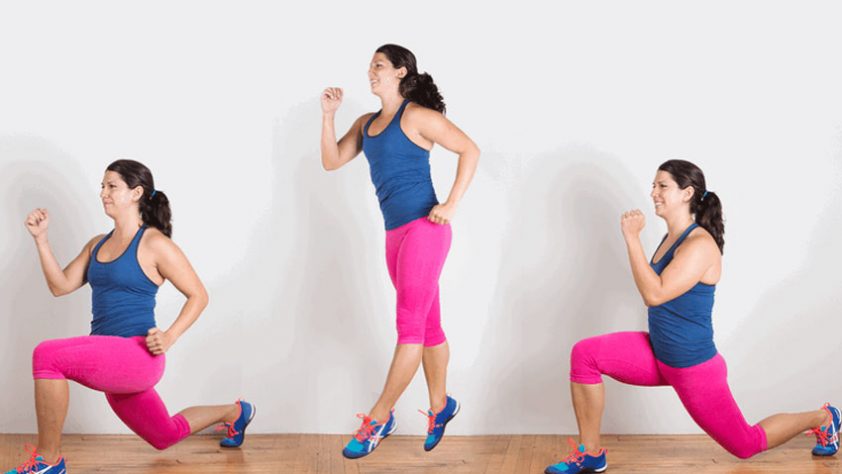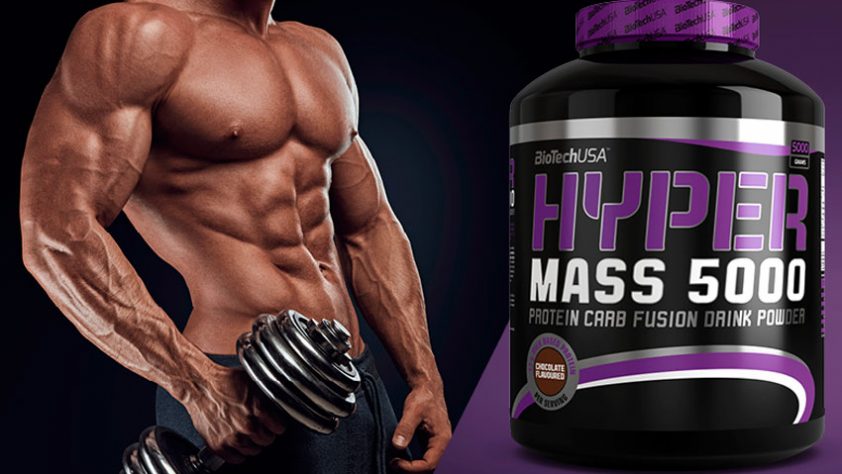The sit-ups became popular again with the arrival of CrossFit in the masses. However, in fact, they have always been with us. Remember the school physical education lessons, there this movement was simply called “to pump the press.” In CrossFit complexes, sit-ups are performed for speed, therefore athletes often do not do them technically correctly. Many people generally try to use the force of inertia and stand up due to the support of the back in a special support. But working out your core muscles requires a different strategy.
The benefits of exercise
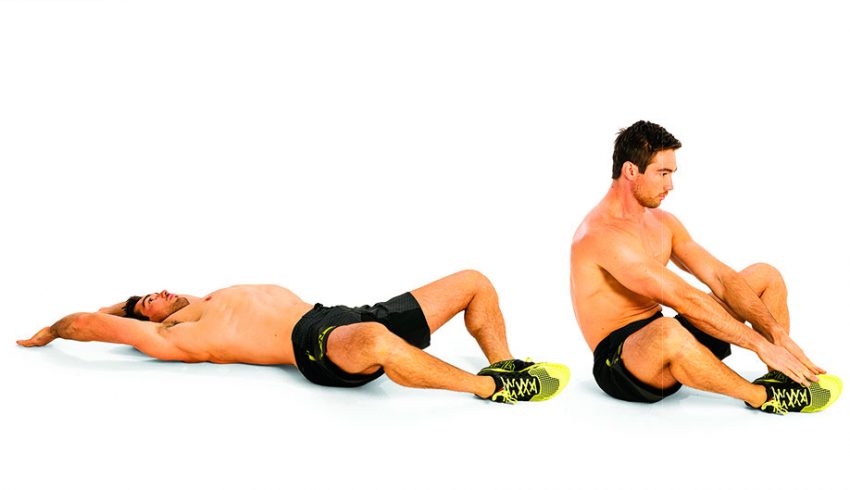
The situp is a classic exercise for strengthening the rectus abdominis muscle. It also uses some of the quads and back muscles, so it is considered a good option for the core. Sit-ups are used as a general physical fitness exercise not only in gymnastics and crossfit, but also in general strength training. Exercise can be beneficial for the hobbyist, too. It also qualitatively increases the ability to use inertia in the process of performing any exercise. Therefore, the sit-up is indispensable for high-speed athletes who strive to become even faster, competently controlling their body.
The sit-ups are technically simple. Almost everyone can get up from a prone position. The exercise mimics this natural movement. It allows you to get up quickly, and not use inertia due to swinging legs. Sit-ups are available to almost all beginners, those who have frankly weak training and poor physical shape can perform more simplified variations of the movement.
Sit-ups develop not only the ability to stand up, their lying position, and abdominal muscles, but also qualities such as agility and endurance. Complexes with sit-ups last at least 20-30 minutes. This allows you to get a good aerobic load, and pump the press qualitatively.
Harm and contraindications

The main reason for problems with sit-ups for beginners is a lack of coordination of movements with a large ambition for speeding up the workout of the day. Many people create shock loading, overloading the lower back and neck, and placing too little emphasis on the abdominal muscles, thereby injuring themselves and not working out the target group.
Beginners should not perform sit-ups in complexes, it is better to focus on performing them in the form of a single exercise, which simply actively engages the abdominal muscles.
Exercise can damage the soft tissue around the tailbone. Many people rub this area precisely because of working at full amplitude, but this can be avoided by training in comfortable sportswear and suitable underwear.
Exercise is often described as a provocateur of hernias and protrusions. But the truth is that the movement itself does not provoke them, the reason is the damage already existing and the swing technique.
Sit-ups are contraindicated for pregnant women at all periods, with gynecological diseases, as well as during exacerbation of hernias and protrusions.
Technique for performing classic sit-ups
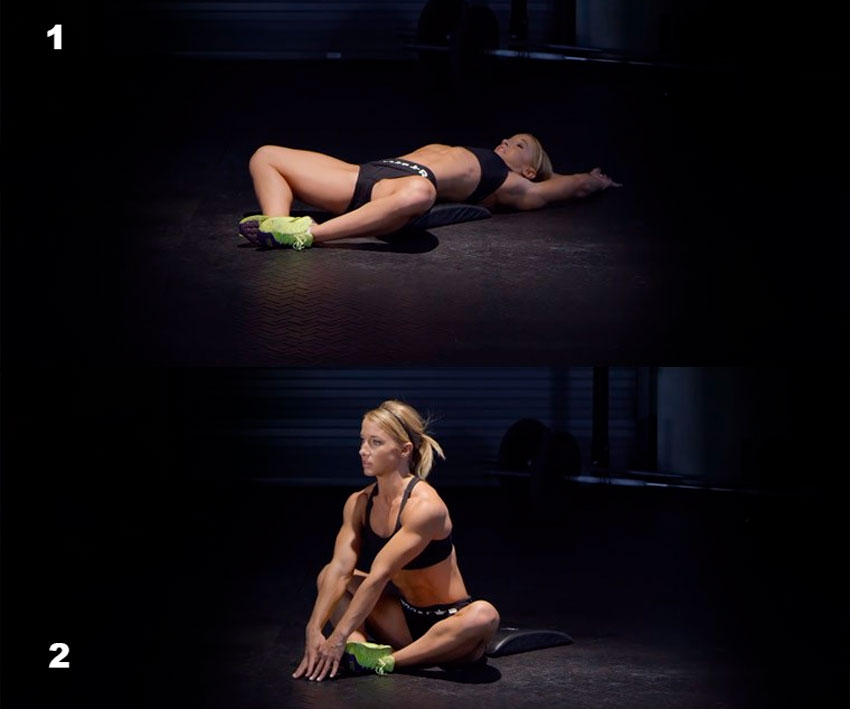
- The exercise is performed from a prone position. It is better to choose a non-slip mat that is not too thick at the same time;
- You need to lie on your back, and stretch your arms behind your head;
Tighten the belly by 30 percent; - Then, by twisting the lower ribs to the pelvic bones while lifting the arms, raise the body up;
- Get on the buttocks, and slowly, vertebra by vertebra descend to its original position;
- There is a version of sit-ups in which the hands are behind the head, and there is – in which the fingers touch the temples.

